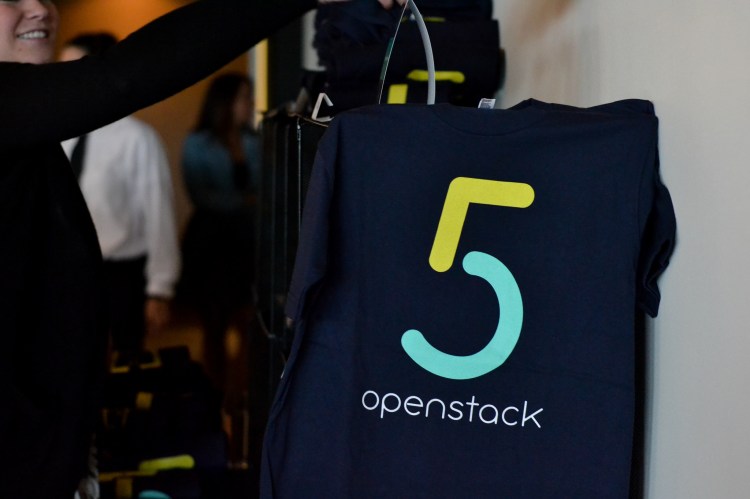VMware today announced the launch of VMware Integrated OpenStack 2.0, the company’s second release of its distribution of the OpenStack open-source cloud software. The new release, based on OpenStack Kilo, which became available in April, will become generally available to customers by Sept. 30.
VMware first announced that it would assemble an OpenStack distribution at the company’s VMworld conference in San Francisco last year. It came out in February, based on the open-source OpenStack Icehouse software.
“Customers will now be able to upgrade from V1.0 (Icehouse) to V2.0 (Kilo), and even roll back if anything goes wrong, in a more operationally efficient manner,” VMware product line manager Arvind Soni wrote in a blog post on the news.
The continued commitment to OpenStack at VMware is telling. OpenStack came about as a free, open-source option for those who wanted to run a cloud — with many applications on each physical server — in their own data centers. VMware, by contrast, is a publicly traded company that derives a large percentage of its revenue from its vSphere virtualization software.
June 5th: The AI Audit in NYC
Join us next week in NYC to engage with top executive leaders, delving into strategies for auditing AI models to ensure fairness, optimal performance, and ethical compliance across diverse organizations. Secure your attendance for this exclusive invite-only event.
In fact, OpenStack appears several times in the risk factors section of VMware’s most recent annual report. Here’s one reference:
Additionally, open source technologies for virtualization, containerization, and cloud platforms such as Xen, KVM, Docker, Rocket, and OpenStack provide significant pricing competition, and enable competing vendors to leverage open source technologies like OpenStack to compete directly with our SDDC initiative. Enterprises and service providers have also shown significant interest in building their own clouds based on open source projects such as OpenStack.
Indeed, startup activity around OpenStack reflects VMware’s framing of OpenStack as a competitive force. Mirantis recently raised a $100 million round and formed a strategic partnership with Intel. Meanwhile Cisco, EMC (VMware’s parent company), and IBM have all recently acquired OpenStack startups. Without question, vendors are interested in OpenStack. Nowadays OpenStack distributions are available from the likes of Canonical, HP, Huawei, and Oracle.
Since the earliest days of OpenStack, which started in 2010, it’s been hard to determine the software’s usage and its market size. But from an existential standpoint, it does make sense for VMware to have an OpenStack product that can bring in money — just as it makes sense that VMware is partnering with container startup Docker.
Read Soni’s full blog post for more detail on VMware Integrated OpenStack 2.0.
Find all of our coverage of VMworld 2015 here.

